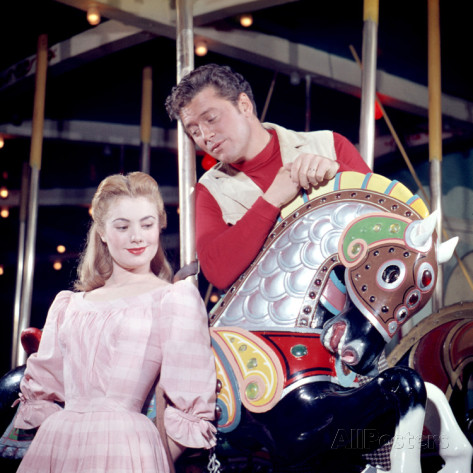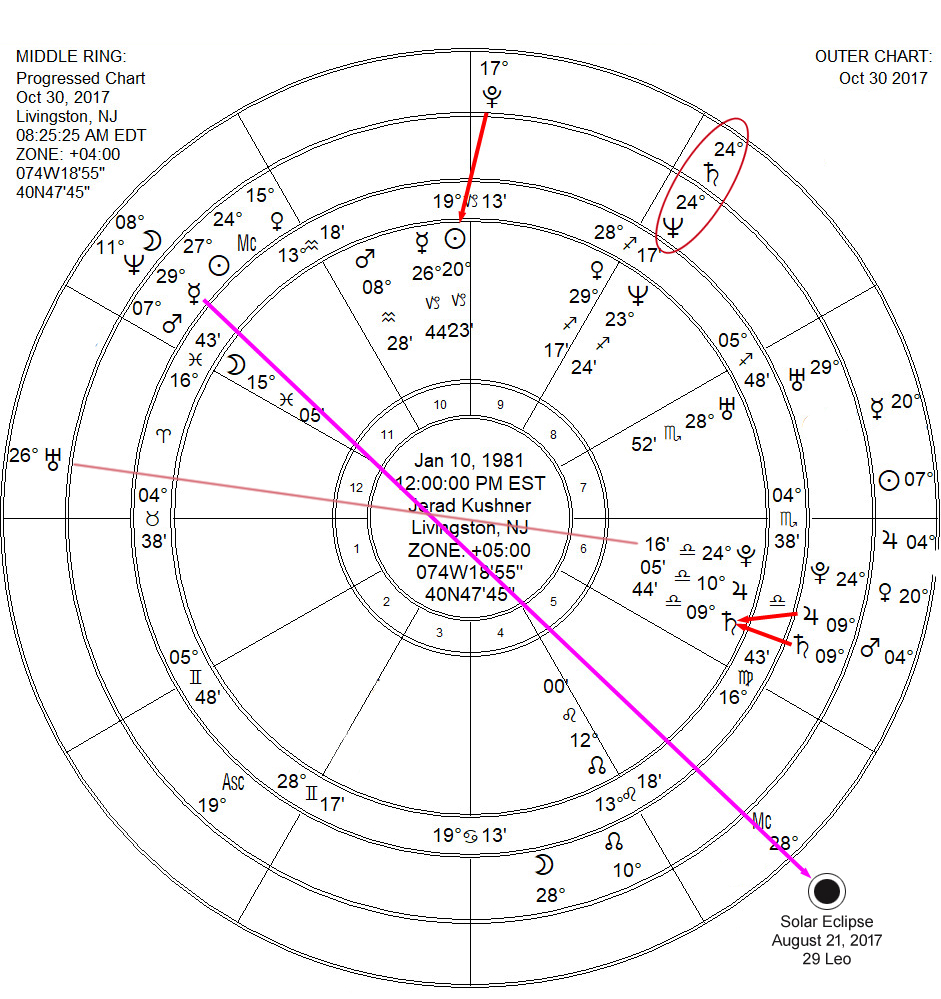Rogers and Hammerstein teamed up at the time of Broadway’s and Hollywood’s Golden Age of Musicals and garnered 34 Tony Awards, fifteen Academy Awards, the Pulitzer Prize, and two Grammy Awards. Among their collaborations are many world-renowned songs including Oh, What a Beautiful Mornin’, People Will Say We’re in Love, and Oklahoma!, 1 the featured song in the team’s first project of the same name; If I Loved You and You’ll Never Walk Alone from Carousel; Some Enchanted Evening from South Pacific; Getting to Know You and Shall We Dance from The King and I; and Climb Ev’ry Mountain, The Sound of Music, Do-Re-Mi, and Edelweiss2 from the film, The Sound of Music.
Richard Rodgers created melodies for the lyrics of Oscar Hammerstein. The lyrics were imbued with contemporary messages that crossed racial and religious divides during a time when America was struggling with its identity. South Pacific and The King and I were written about cro ss-cultural and ethnic differences pointing to the conclusion that there are ultimately no barriers too vast that can’t be overcome with love. Carousel grappled with the forces of good and evil and showed the way to the redemption of the soul if only one faced the error of their ways head-on. The Sound of Music was based on the real-life drama and trauma of a performing, musical family’s escape through the Austrian Alps when caught in the clutches of WWII.
ss-cultural and ethnic differences pointing to the conclusion that there are ultimately no barriers too vast that can’t be overcome with love. Carousel grappled with the forces of good and evil and showed the way to the redemption of the soul if only one faced the error of their ways head-on. The Sound of Music was based on the real-life drama and trauma of a performing, musical family’s escape through the Austrian Alps when caught in the clutches of WWII.
Although meeting and briefly working together years earlier, the two talented men began their steady collaboration in 1943 when they produced their first Broadway hit that later became the Pulitzer Prize-winning Hollywood film, Oklahoma! The musical was inspired by the emotional depth and psychological complexity of the book and play, Green Grow the Lilacs, by Lynn Riggs. Frank Sinatra was the first choice for the leading role, but he left the film because of the necessity to shoot each scene twice in order to accommodate the addition of the new widescreen Todd-AO mm process. Shirley Jones then called in her friend and fellow actor Gordan MacRae to fill the role. This led to their teaming up again a year later for the filming of Carousel.
A Brief Comparison of Charts
Synastry, also known as chart comparison, begins its analysis with the identification of any planet/s in one chart located at the same degree of the zodiac or exactly opposite any of those in the complementary chart. The orb allowance should be kept as close to one-degree of separation as possible. To validate an active Crosstie over one-degree, it is helpful to note whether reality reflects evidence of meaningful interaction between the two individuals. Hammerstein’s Neptune is opposite Rogers’ Uranus with over a degree in separation, but the two were drawn into a collaboration that brought them success beyond what each had experienced earlier on their own.
Rodgers’ Sun is in the expansive and emotional sign of Cancer and is directly connected by cross-conjunction to Hammerstein’s Mercury. The Sabian degree of this connection is rounded to 6 Cancer with the image of Game birds feathering their nests. The keyword of the symbol is METICULOUSNESS, revealing the method by which they reached perfection in their craft.
Midpoint Connection
Between the two charts there is a unique planetary aspect that is described in Uranian astrology as a midpoint. The green line connecting the inner and outer wheels shows Rodgers’ Mars is positioned at the midpoint between Hammerstein’s Pluto-Neptune conjunction. This reveals Rogers’ excitement (Mars) and desire to perform his skills using the significant talent provided by the words of Oscar Hammerstein.
The reason for including this midpoint structure is the auspicious nature of the planets and their Sabian symbol images that point to the powerful potentials between these two gifted men. The images quite literally express the indication of a destiny with music and the exceptional depth to which the lyricist pondered to develop his concepts.
Rodgers’ Mars, from the outer wheel, is rounded to 15 degrees Gemini. The Sabian symbol is Two Dutch children talking. The symbol suggests the common language spoken between two creatives who merged their differing skills into song. Theirs was an embrace of words and music that in its “foreign” characteristics remained cryptic to anyone other than themselves.
Additional Sabian Symbols
The most extraordinary and literal Sabian symbols are seen in Hammerstein’s Pluto and Neptune’s imagery. Although Hammerstein was the man responsible for the concepts of the songs that tell the storylines, he has Pluto on the degree which better describes Rodgers who was literally the manifestation of the symbol, A great musician at his piano. The writer’s Neptune was on the degree of The head of health dissolved into the head of mentality, which is very fitting for a man who delighted in bringing out the advantages of intellect as opposed to a reliance on melody to convey meaning. Rodgers’ Mars directly stimulates Hammerstein’s outer and significant planets, and the two go down in musical history for their profound contribution to American culture and meaningful entertainment.
GEMINI 13 A great musician at his piano This is a symbol of individual artistry as the property of all, with its expression both its strength and the means whereby others are encouraged to like accomplishment. Here is experience at a climax on the side of self-refinement in skills and talent, and at a peak in its gratification and its promise of continuing effort and sharing of rewards. A continually expanded dimension of being becomes the constant revelation of man’s true estate. The keyword is ACHIEVEMENT. When positive, the degree is the creative assurance which contributes enduring overtones to human understanding, and when negative, self-defeat through a delight in momentary attention or superficial adulation.
GEMINI 17 The head of health dissolved into the head of mentality This is a symbol of man’s achievement on the level of spiritual or eternal fellowship with his kind, here emphasized subjectively as a focus of selfhood in conscious self-awareness and as a capacity to live the lives of all men in imagination and appreciation. Implicit in the symbolism is the foundation of any human well-being in everyday or immediate and practical fact, with well-rounded individuality made the condition of all real progress. The keyword is DEVELOPMENT. When positive, the degree is the effective orientation of selfhood in an overall vision, and when negative, a defeat of accomplishment by a senseless clinging to the illusions of youth.
Two interesting Sabian symbols can be seen with Hammerstein’s Sun and Venus degrees. His Sun degree is rounded to 20 Cancer, Gondoliers in serenade. This is fitting for a lifetime of songwriting. His Venus symbol rounded to 6 Virgo is A merry-go-round. Here is a literal manifestation of one of the songwriting team’s iconic films, Carousel. It is always fascinating to see Sabian imagery reflect a detail of the life of which the native himself was undoubtedly unaware.
Comparison of Elements
The elements of the signs of the zodiac refer to their properties of water, earth, fire and air. Water and earth signs are compatible with each other as are fire and air. Analyzing the rapport between individuals starts with comparing their Suns, Moons, and Ascendants in the category of Vitality. It is ideal when two of the three in this grouping share compatible elements with one that remains incompatible and so becomes the point of challenge or stimulation that enhances the dramatic development between the two parties.
Uniquely, both Rogers and Hammerstein have their Suns in Cancer and their Moons in Pisces. Not only are their Suns and Moons in water signs but they are also in the same signs. This promotes an extraordinarily compatible situation regarding their wills represented by the Sun and feelings represented by the Moon. The Ascendant is a point in the horoscope and here is where the two men differ. It is regarding the perspectives and skills one brings to a partnership where the two men differ greatly. Hammerstein’s Ascendant is in the water sign of Cancer while Rogers has his Ascendant in the air sign Gemini. Water and air are not compatible; however, it was the combination of their written word and composed melodies that made them into the extraordinary team they and their audiences enjoyed and continue to enjoy to this day. The merging of their differing abilities, as identified by the Ascendant, as opposed to their similarities of will and feeling, was one of the major keys to their success.

Another unique feature of the natives’ Moons in Pisces is that both Moons are Focal Determinators. Hammerstein’s Moon is the handle of a Bucket bringing it into High Focus, while Roger’s Moon is the Point Focus of a T Cross. The Moons, by virtue of Focal Determination, become the most prominent planet in each chart. This greatly amplifies the Piscean sympathetic and sentimental qualities of their art.
Mars, Venus, and Mercury represent the second category of compatibility status. These are the planets of Efficiency representing initiative, acquisitiveness, and mentality as they become active for the fulfillment of the details of daily experience. Mars and Venus in the charts of Rogers and Hammerstein are compatible. Hammerstein’s Mars is in fire and Rogers’ is in air, with both having Venus in earth signs. This results in a smooth synchronization of the beginnings and conclusions of their projects. It was the mental activity between the start and finish, identified by Mercury, that the team’s challenges emerged. Despite the stresses in mentality both had retrograde Mercuries. This astrological feature is the indicator of the similarities in their intellectual orientation that brought their differing talents into alignment. In this way, they were truly able to understand each other without much struggle and misunderstanding. It was a mutual, mental cloistering and inner inspiration indicative of a retrograde Mercury that led to an open celebration of what these giants of their field created from deep within.
- Oklahoma! became the state’s theme song.
- A song mistakenly thought of as the Austrian national anthem.















